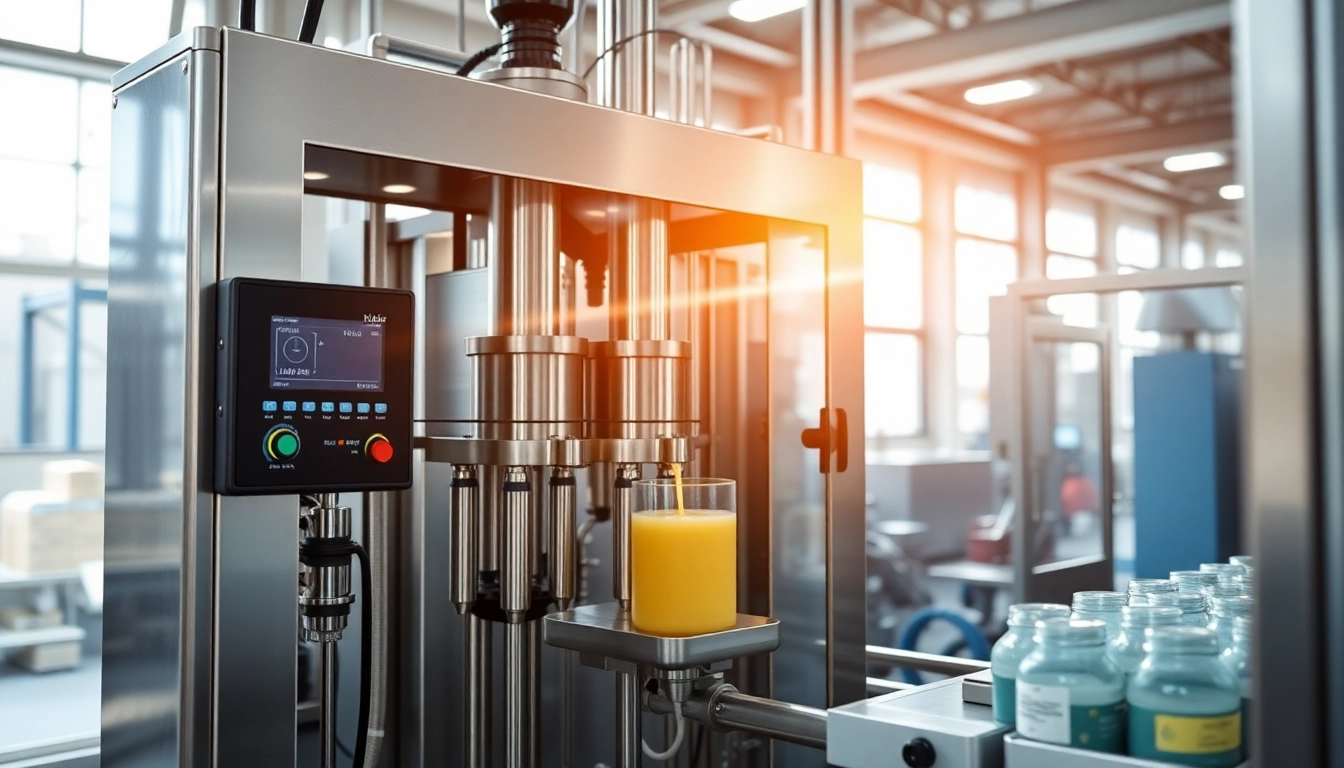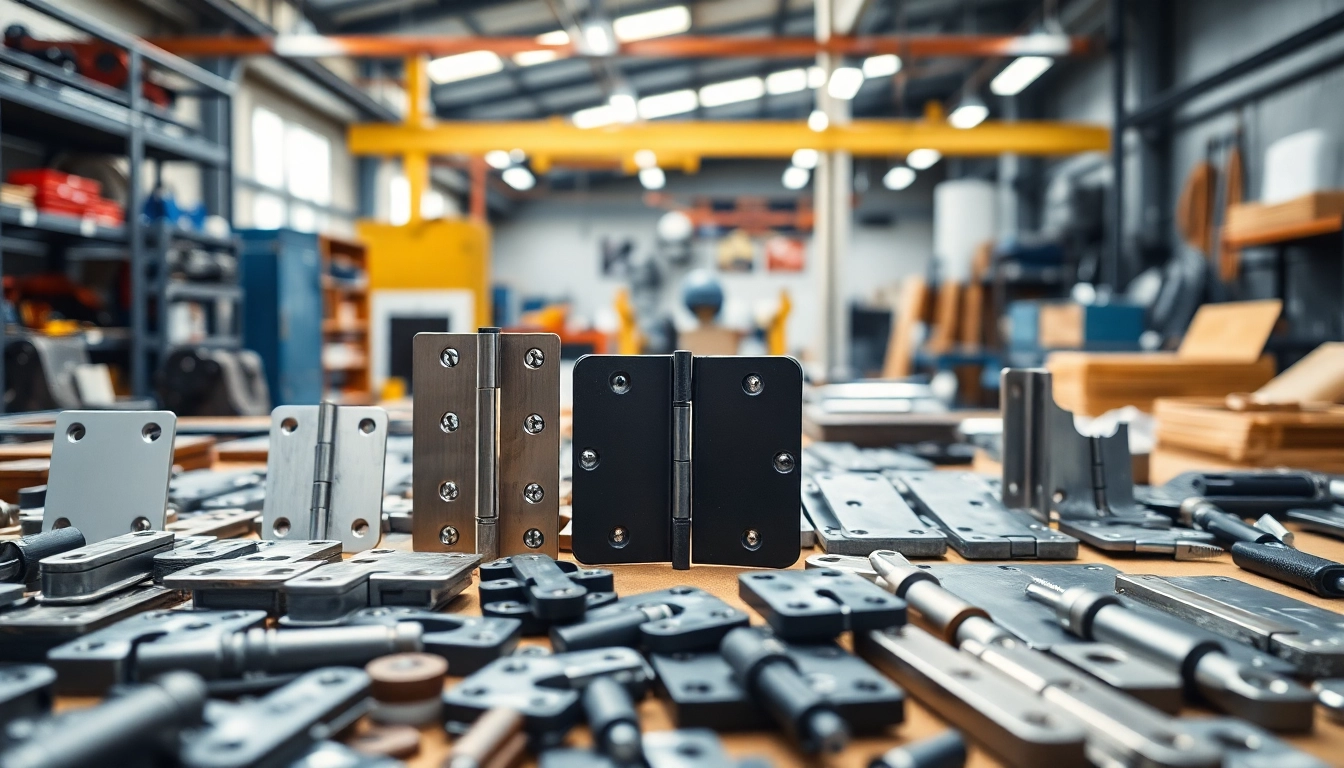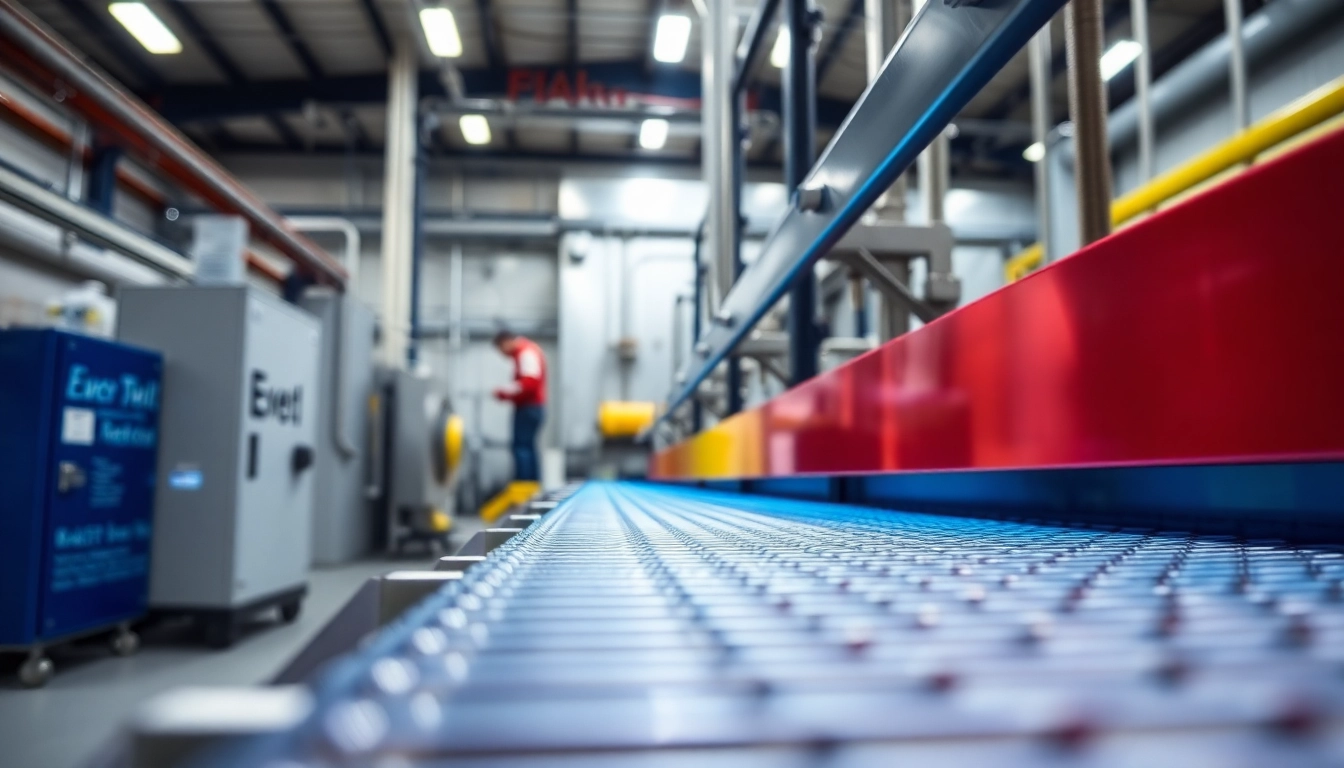Understanding Filling Machines
Filling machines are vital components in the packaging industry, responsible for dispensing a pre-measured amount of liquid, paste, or powder into containers. These machines come in various types and configurations, each designed to meet specific filling needs based on the type of product, production volume, and application environment. This article aims to delve into the intricacies of filling machines, exploring their types, operation mechanisms, and applications across industries. For a more tailored solution, check out this Filling Machine.
Types of Filling Machines
The classification of filling machines is typically based on multiple factors including the nature of the product, the method of filling, and the level of automation involved. Here are the primary types of filling machines:
- Liquid Filling Machines: These machines are specifically designed for handling liquids of varying viscosities. They can be sub-categorized into volumetric, gravimetric, and piston filling machines.
- Powder Filling Machines: Engineered to fill powdered substances, these machines utilize specific mechanisms like augers or vibratory feeders to ensure accurate dosing.
- Paste Filling Machines: These are tailored for thixotropic products such as gels or creams, utilizing suction or pressure-based systems for efficient filling.
- Automatic vs. Semi-Automatic Machines: Automatic filling machines operate independently with minimal human intervention, while semi-automatic machines require manual operation in certain stages.
How Filling Machines Work
Understanding the operational principles of filling machines is crucial for optimizing their performance. Most filling machines function by measuring the product and then dispensing it into the containers. Here’s a breakdown of how they generally work:
- Preparation: The filling machine is set based on the product specifications, including volume or weight to be filled.
- Container Placement: Empty containers are positioned to receive the product, either manually or automatically, depending on the machine type.
- Filling Process: The machine triggers the filling mechanism, which could involve gravity, suction, or pressure. For volumetric machines, the filling is based on a pre-measured volume.
- Sealing and Ejecting: Once filled, the containers are sealed and ejected for packaging or labeling.
Applications Across Industries
The versatility of filling machines allows their application across numerous industries. Some prominent sectors utilizing filling technology include:
- Food and Beverage Industry: These machines are used for filling sauces, beverages, and dairy products, ensuring hygiene and consistency in filling.
- Pharmaceuticals: Filling machines in this sector must comply with stringent regulations, often being used to pack medications into vials and syringes.
- Cosmetics: These machines are critical for dispensing creams, lotions, and other beauty products with precision to enhance user experience.
- Chemicals: Used for filling a variety of hazardous and non-hazardous chemical products in drums or tanks.
Benefits of Automated Filling Machines
Investing in automated filling machines can provide numerous advantages over manual filling methods. Here are some key benefits:
Increased Efficiency
Automated filling machines can significantly enhance production efficiency. With the ability to handle high volumes of products in a shorter time frame, businesses can meet increasing demand without compromising quality. For instance, bottling lines equipped with automatic filling machines can often achieve outputs of thousands of bottles per hour.
Enhanced Accuracy
Accuracy is crucial in filling applications, especially in industries like pharmaceuticals where precision directly impacts dosage. Automated filling machines utilize advanced technology to minimize human error, ensuring that every container receives the correct amount of product.
Cost-Effectiveness
While the initial investment in filling technology may appear steep, the long-term savings can be substantial. Reduced labor costs, decreased waste due to inaccurate filling, and the ability to increase production volumes all contribute to a favorable return on investment.
Choosing the Right Filling Machine
Selecting the appropriate filling machine for your operation requires careful consideration of your specific needs and challenges. Here are some key factors to keep in mind:
Assessing Your Needs
The first step in choosing a filling machine is to assess your product characteristics. Consider the viscosity, temperature sensitivity, and whether the product is hazardous or non-hazardous. Additionally, determine the production volume expected, as some machines are better suited for high-volume operations than others.
Factors to Consider
When evaluating filling machines, consider factors such as:
- Container Size and Shape: Ensure that the machine can accommodate the required container sizes, whether they are bottles, jars, or pouches.
- Speed Requirements: Analyze your production timeline and choose a machine that can meet or exceed your efficiency goals.
- Maintenance and Support: Investigate the manufacturer’s support and maintenance services. Reliable customer support is crucial for minimizing downtime.
Common Mistakes to Avoid
When selecting a filling machine, avoid these mistakes:
- Underestimating Volume Needs: Not accurately forecasting production volume can lead to bottlenecks or over-investment.
- Ignoring Future Needs: Consider potential growth and choose a machine that can adapt to scalability requirements.
- Skipping Expert Consultation: Failure to consult with filling machine experts can lead to incorrect choices that could end up being costly.
Maintenance and Troubleshooting
Proper maintenance of filling machines is essential to ensure consistent operation and longevity. Here are essential tips for maintenance and troubleshooting:
Regular Maintenance Tips
To keep your filling machines operating efficiently, follow these maintenance tips:
- Scheduled Inspections: Regularly inspect machine components for wear and tear, especially wearing parts like valves and seals.
- Cleanliness: Maintain a clean environment to avoid contamination and product loss. Establish a cleaning schedule for the machine.
- Calibrate Regularly: Regular calibration ensures the machine operates within the set parameters, maintaining accuracy.
Common Issues and Solutions
Even with the best-maintained machines, problems can arise. Here are some common issues and their solutions:
- Inconsistent Filling: Check for blockages and ensure the filling mechanism is calibrated correctly. Adjust settings as necessary.
- Leakage Issues: Inspect seals and gaskets for wear. Replace any damaged components to prevent product loss.
- Electrical Failures: Regularly check wiring and connection points for signs of corrosion or wear. Replace faulty parts promptly.
When to Seek Professional Help
If you encounter persistent issues that cannot be resolved through routine maintenance, it may be time to consult with a professional technician. Signs to watch for include frequent breakdowns, unusual noises during operation, or reduced output quality.
Future Trends in Filling Technology
As technology continues to evolve, so do the capabilities of filling machines. Below are trends shaping the future of filling technology.
Smart Filling Machines
Smart filling machines are emerging as a game-changer in the industry, incorporating IoT technology to allow for real-time monitoring and adjustments. Such capabilities lead to predictive maintenance, enhanced efficiency, and reduced downtime, fostering optimal production workflows.
Eco-Friendly Innovations
With increasing environmental awareness, many manufacturers are focusing on developing eco-friendly filling machines. These machines utilize sustainable materials and processes, reducing waste and energy consumption, paving the way for greener production practices.
The Role of AI in Filling Machines
Artificial Intelligence (AI) is increasingly influencing filling operations, enabling advanced data analysis for optimized performance. AI-powered systems can learn from operational patterns, providing insights that help enhance filling processes and predict maintenance needs.



